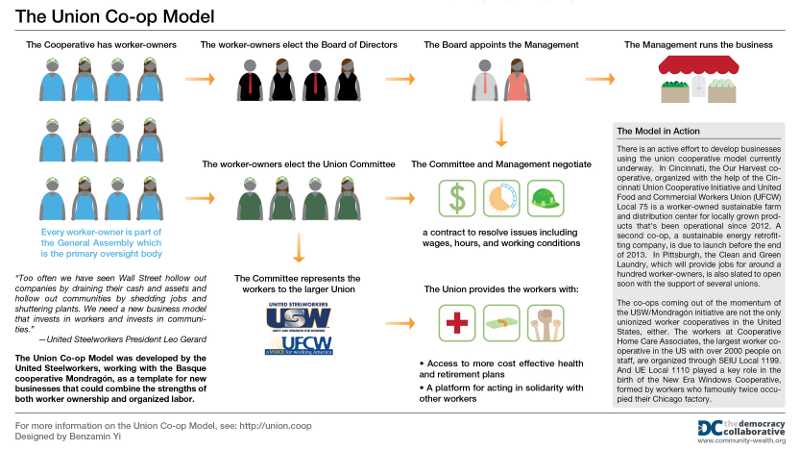 Join The Democracy Collaborative and Project Equity for a webinar presenting the findings of the latter's new report, Business Conversions to Worker Cooperatives: Insights and Readiness Factors for Owners and Employees.
Join The Democracy Collaborative and Project Equity for a webinar presenting the findings of the latter's new report, Business Conversions to Worker Cooperatives: Insights and Readiness Factors for Owners and Employees. Tuesday, April 28th
11am Pacific / 2pm Eastern
Read more about Webinar: Converting businesses to worker cooperatives—real world lessons learned...
